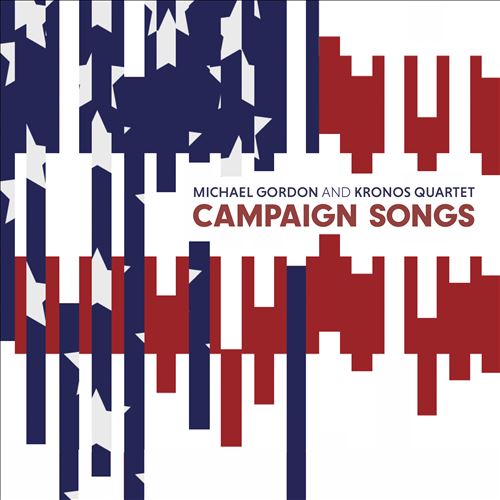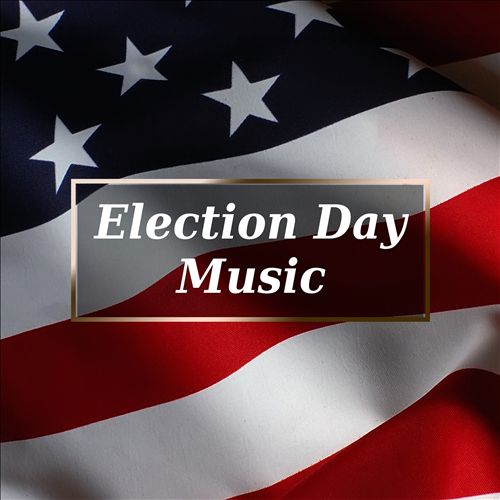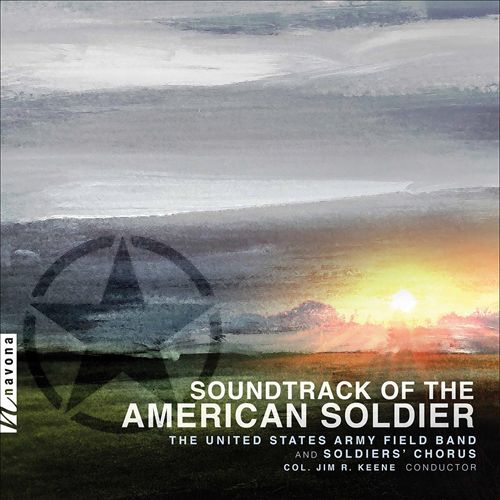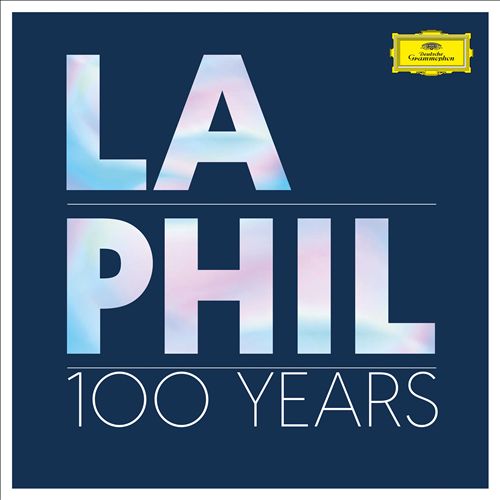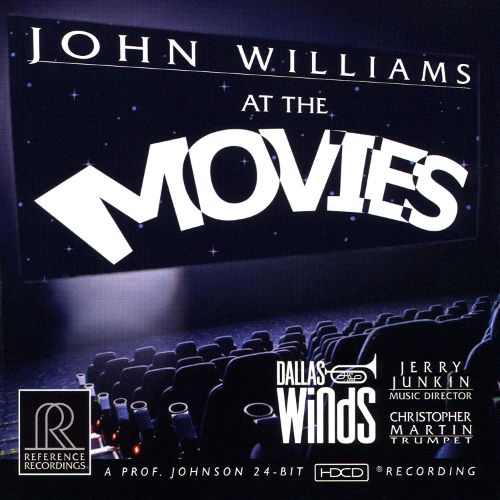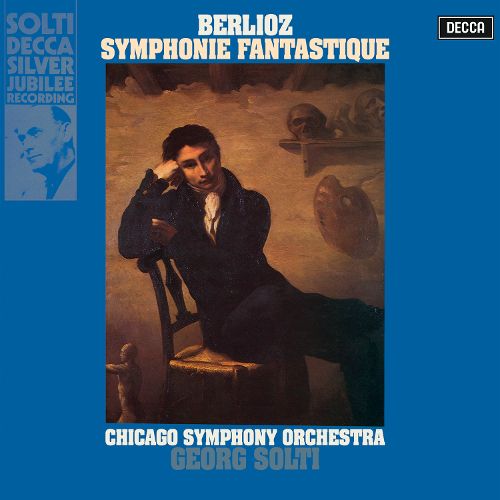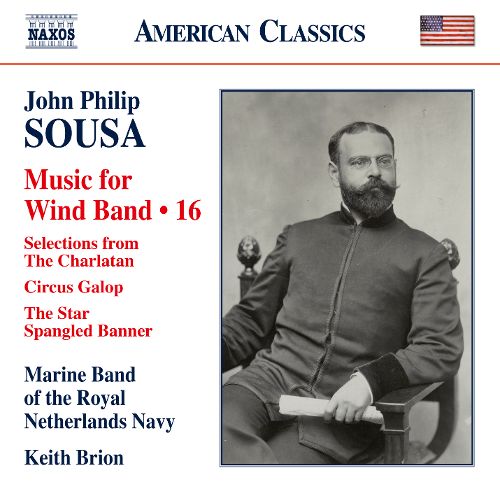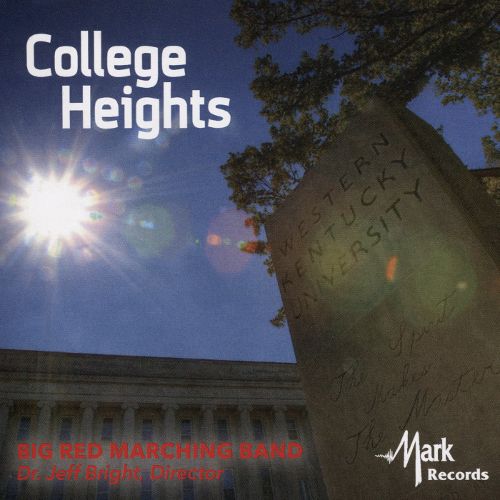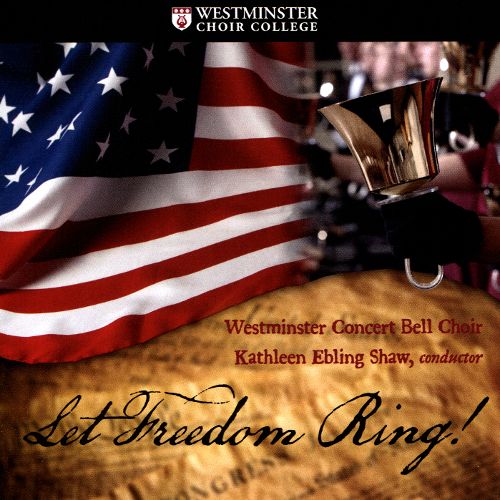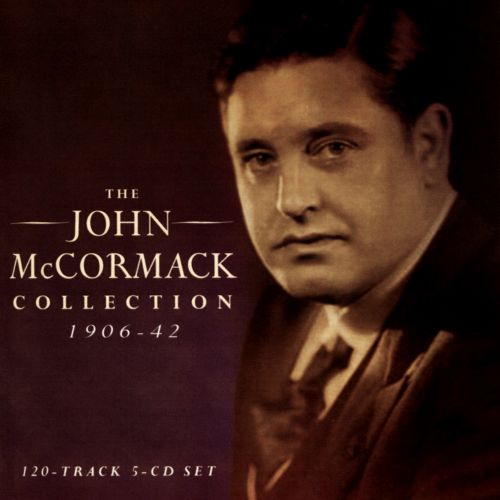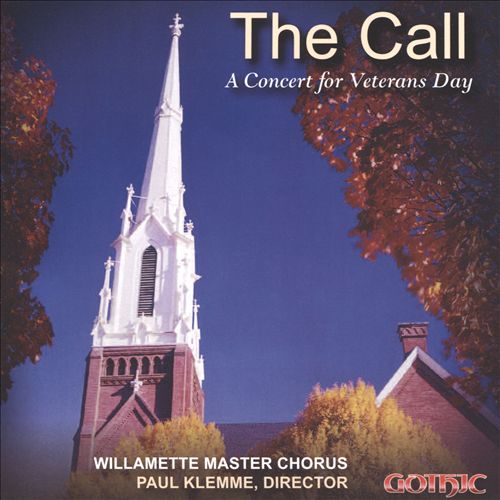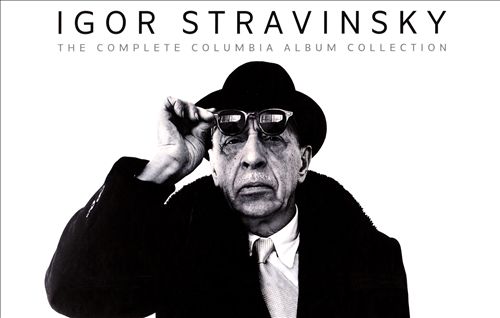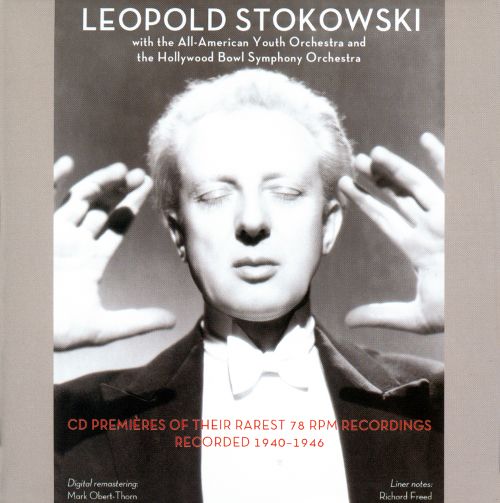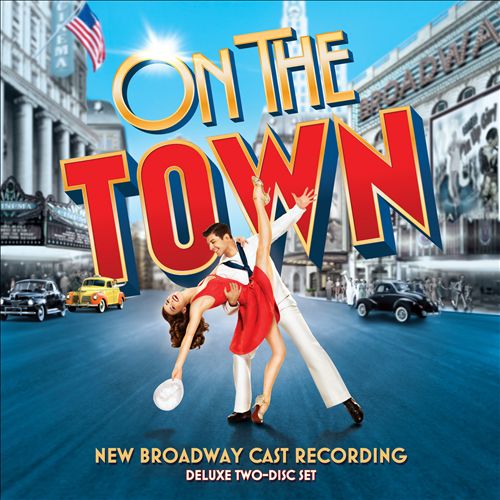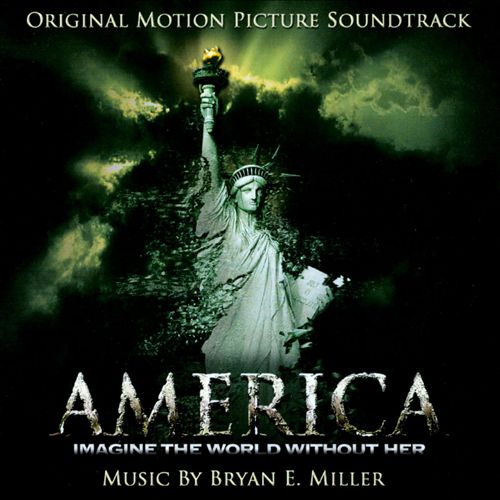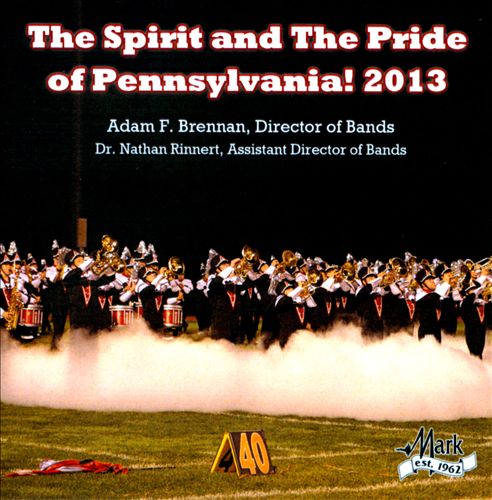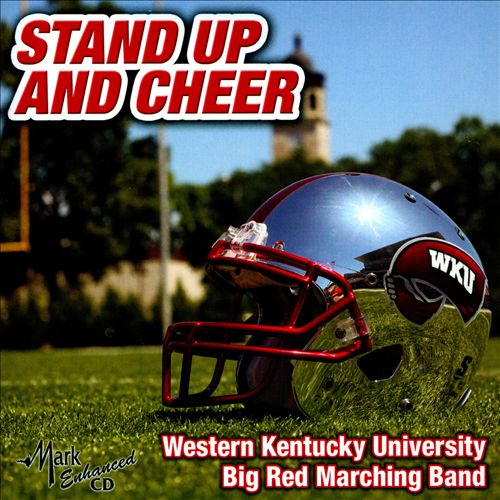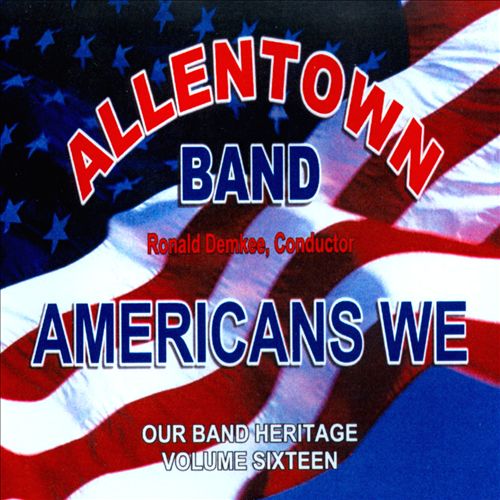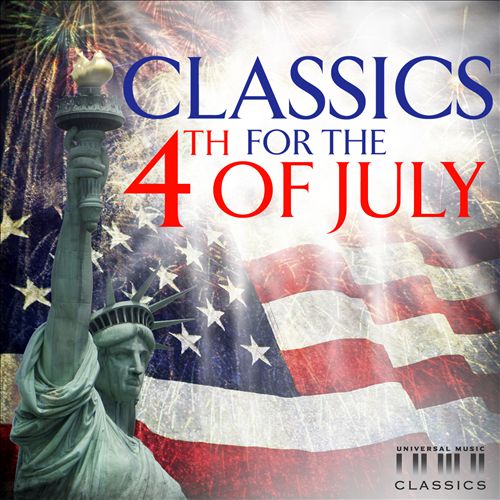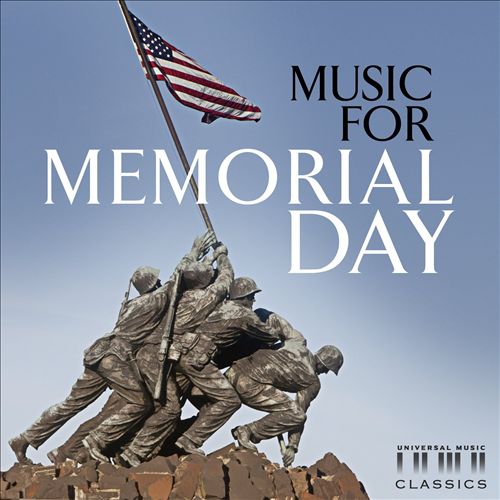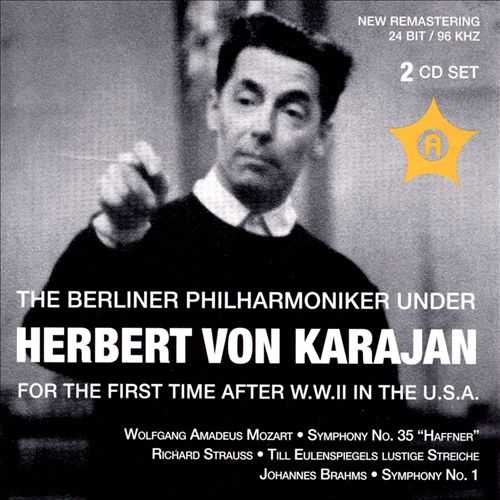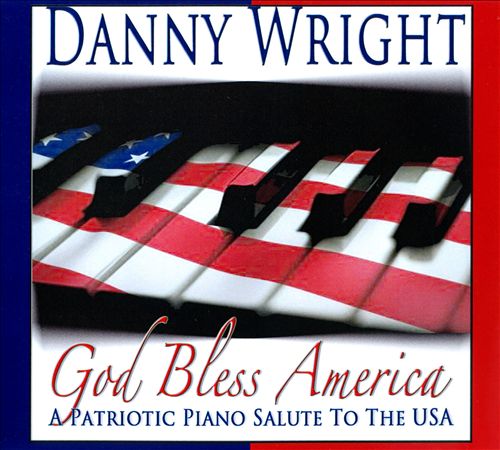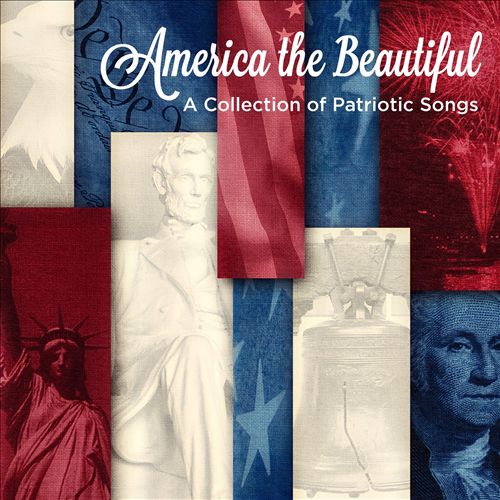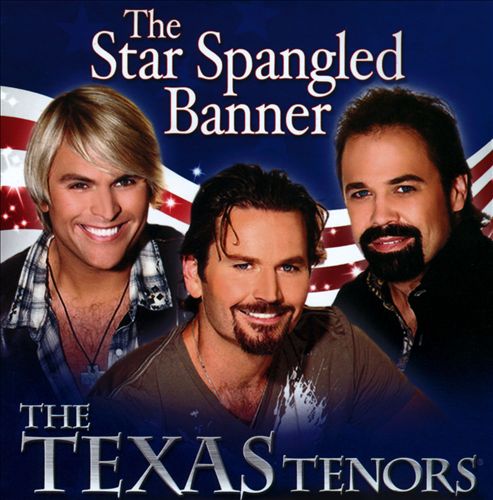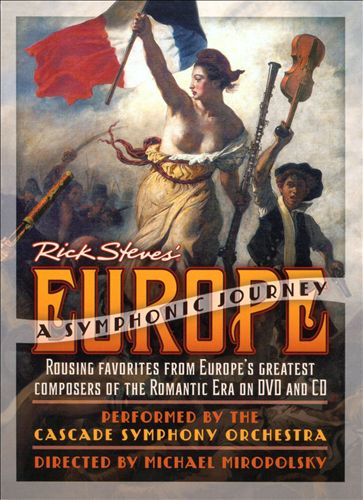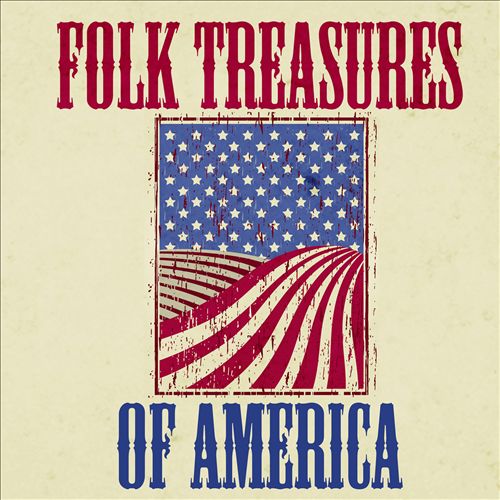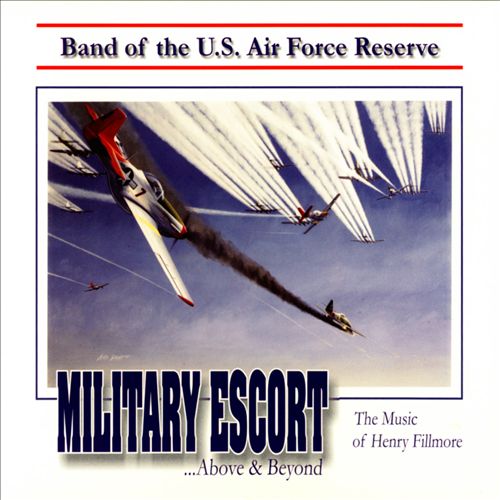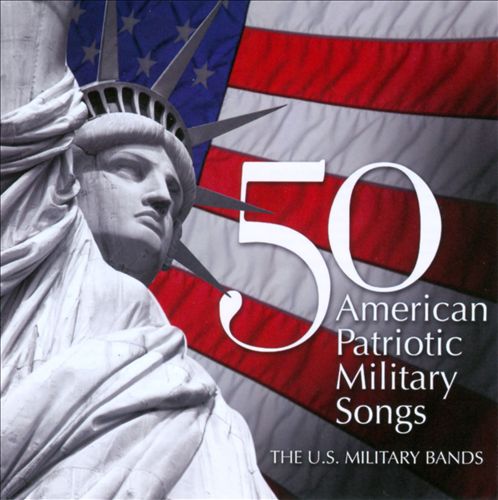John Stafford Smith (존 스태포드 스미스)
The Star-Spangled Banner (National Anthem, USA)
100
10,000
1,400
WORK INFO
"The Star-Spangled Banner" is the national anthem of the United States of America. The lyrics come from "Defence of Fort M'Henry", a poem written in 1814 by the 35-year-old lawyer and amateur poet Francis Scott Key after witnessing the bombardment of Fort McHenry by British ships of the Royal Navy in Baltimore Harbor during the Battle of Fort McHenry in the War of 1812. The poem was set to the tune of a popular British song written by John Stafford Smith for the Anacreontic Society, a men's social club in London. "To Anacreon in Heaven" (or "The Anacreontic Song"), with various lyrics, was already popular in the United States. Set to Key's poem and renamed "The Star-Spangled Banner", it would soon become a well-known American patriotic song. With a range of one octave and one fifth (a semitone more than an octave and a half), it is known for being difficult to sing. Although the poem has four stanzas, only the first is commonly sung today. "The Star-Spangled Banner" was recognized for official use by the United States Navy in 1889, and by U.S. President Woodrow Wilson in 1916, and was made the national anthem by a congressional resolution on March 3, 1931 (46 Stat. 1508, codified at 36 U.S.C. § 301), which was signed by President Herbert Hoover. Before 1931, other songs served as the hymns of American officialdom. "Hail, Columbia" served this purpose at official functions for most of the 19th century. "My Country, 'Tis of Thee", whose melody is identical to "God Save the Queen", the British national anthem, also served as a de facto anthem. Following the War of 1812 and subsequent American wars, other songs emerged to compete for popularity at public events, among them "The Star-Spangled Banner".
On September 3, 1814, following the Burning of Washington and the Raid on Alexandria, Francis Scott Key and John Stuart Skinner set sail from Baltimore aboard the ship HMS Minden, flying a flag of truce on a mission approved by President James Madison. Their objective was to secure the exchange of prisoners, one of whom was Dr. William Beanes, the elderly and popular town physician of Upper Marlboro and a friend of Key's who had been captured in his home. Beanes was accused of aiding the arrest of British soldiers. Key and Skinner boarded the British flagship HMS Tonnant on September 7 and spoke with Major General Robert Ross and Vice Admiral Alexander Cochrane over dinner while the two officers discussed war plans. At first, Ross and Cochrane refused to release Beanes, but relented after Key and Skinner showed them letters written by wounded British prisoners praising Beanes and other Americans for their kind treatment.From WIKIPEDIA
RELEASED ALBUMS
-
Michael Tilson Thomas: The Complete Columbia, Sony and CBS RecordingsDecember 6, 2024
-
Michael Gordon: Campaign SongsJuly 21, 2023
-
Election Day MusicOctober 31, 2020
-
Soundtrack of the American Soldier [CD + Blu-Ray Audio]August 28, 2020
-
LA PHIL: 100 YearsMarch 22, 2019
-
John Williams: At the MoviesJuly 6, 2018
-
Berlioz: Symphonie Fantastique; Overture Les Francs-juges [11 Tracks]December 8, 2017
-
John Philip Sousa: Music for Wind Band, Vol. 16January 13, 2017
-
College HeightsOctober 14, 2016
-
Let Freedom Ring!June 10, 2016
-
The John McCormack Collection, 1906-42June 10, 2016
-
The Call: A Concert for Veterans DayJanuary 8, 2016
-
Igor Stravinsky: The Complete Columbia Album CollectionSeptember 18, 2015
-
CD Premières of their Rarest 78 RPM Recordings, Recorded 1940-1946April 14, 2015
-
On the Town [Broadway Cast Recording]January 20, 2015
-
America: Imagine the World Without Her [Original Motion Picture Soundtrack]October 21, 2014
-
The Spirit and The Pride of Pennsylvania! 2013August 12, 2014
-
Stand Up and CheerAugust 12, 2014
-
Our Band Heritage, Vol. 16: Americans WeJuly 8, 2014
-
Classics for the 4th of JulyJune 17, 2014
-
Music For Memorial DayMay 19, 2014
-
The Berliner Philharmoniker Under Herbert Von Karajan for the First Time After W.W.II In the U.S.A.February 25, 2014
-
God Bless AmericaJune 25, 2013
-
America the Beautiful: A Collection of Patriotic SongsJune 4, 2013
-
The Star Spangled Banner2013
-
Rick Steves' Europe: A Symphonic Journey2013
-
Folk Treasures of AmericaNovember 13, 2012
-
NoahJuly 3, 2012
-
Military Escort: The Music of Henry FillmoreApril 24, 2012
-
50 American Patriotic Military SongsOctober 25, 2011
WORKS SHOUTS



